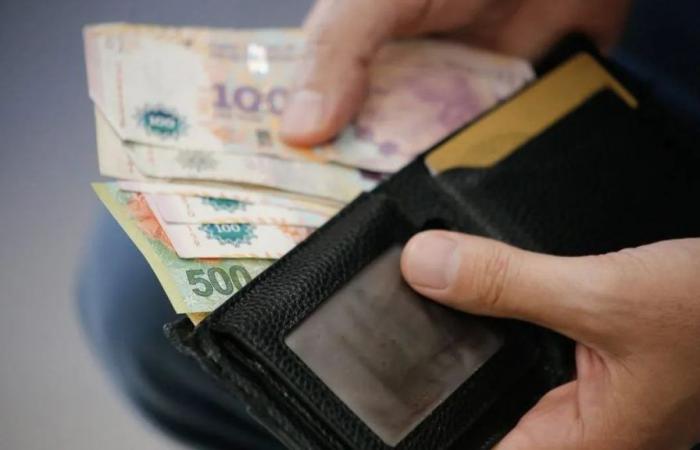Four out of every ten residents of Santa Fe are in debt: families take out loans to buy food
Four out of ten Santa Fe residents are in debt with any commercial or financial entity, with special impact on lower-income sectors. A lot of families They use their credits to pay rent and purchase food and medicine.among other basic elements.
“The level of indebtedness of families in the province is worrying”said Jorge Henn, head of the Provincial Ombudsman’s Office in dialogue with “The first in the morning” in LT8 and went deeper: “There are a large number of citizens in the province of Santa Fe who are experiencing a situation of unrest because they cannot meet their debts”.
42% of Santa Fe residents are in some form of arrearswhile this situation It amounts to one in every two households in the sectors of the lowest socioeconomic level. Another serious fact is that One third (22.6%) of respondents do not know what the next credit card payment will be “and thus be able to foresee future expenses.”
The official pointed out that the situation of hanging in the pockets of Santa Fe “is not only an economic issue, of family finances, but It is an issue that erodes and seriously affects the entire psychological and social structure” of people. Although the scenario is more serious in the most disadvantaged sectors, The state of indebtedness affects the different social strata of the provincial population.
06-29-henn10051444.jpg
Jorge Henn, head of the Ombudsman’s Office of the province of Santa Fe, maintains that 42% of Santa Fe residents are in debt in some way.
The survey by the Faculty of Economic Sciences of the Universidad del Litoral (UNL) points out that 77% of the population, without reaching levels of over-indebtedness, has recently become indebted to a family member or at work. “We have also recorded a important return to creditthat is a fact that begins to mark the issue with the financial sector or, what is more serious, with informal institutions related to the issue, As is the case of the neighborhood loan shark who comes to look for money every day.“, held.
According to UNL, the high levels of debt at the lowest levels of family income, “coupled with informality in obtaining credit and high interest rates, It creates a vicious circle of bad debts that threatens the closure of local businesses and an increase in bad debts.”.
Red numbers: what is that debt used for?
“There is a structural problem and need to rethink financial education in some way”said the official and argued that “in many countries, financial education is part of educational policy. 28% of adults only have very minimal knowledge about everyday economics or what it means to get into debt. “Sometimes getting into credit card debt by paying the minimum is not pathological.”
Henn proposes the realization of adjustments in the economic education of the population and the application of debt relief programssince 45.4% of those surveyed by UNL have taken on debt or paid in installments recently. In households with the lowest socioeconomic level, Debt for payment of food appears in first place with 23.8%.
>> Read more: Economic inequality at the beginning of the Milei era: the gap between rich and poor widened
“Debt is a temporary problem which is particularly focused on low socioeconomic sectors. Men and women who look for money in any way, often with the aim of paying the precarious rent of a small room, the purchase of food or even medicines”Henn explained.
According to the university publication, the average of the debts taken is destined to the payment for clothing and footwear (23.3%)to the food purchase (19.7%), for pay previous debts or credit card (16.9%), for home or car repairs pay taxes or services (15.7%), medicines (10.9%) and for pay expenses, school fees or prepaid health insurance (7.8%).






